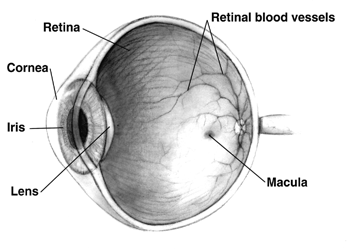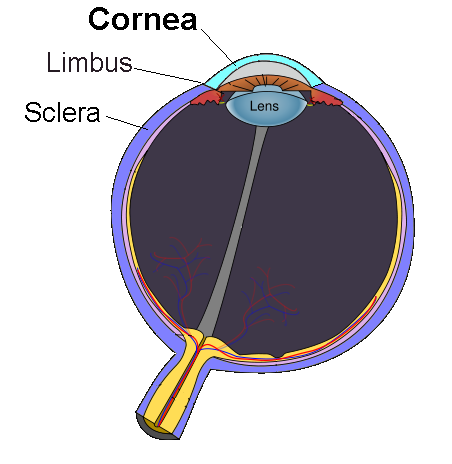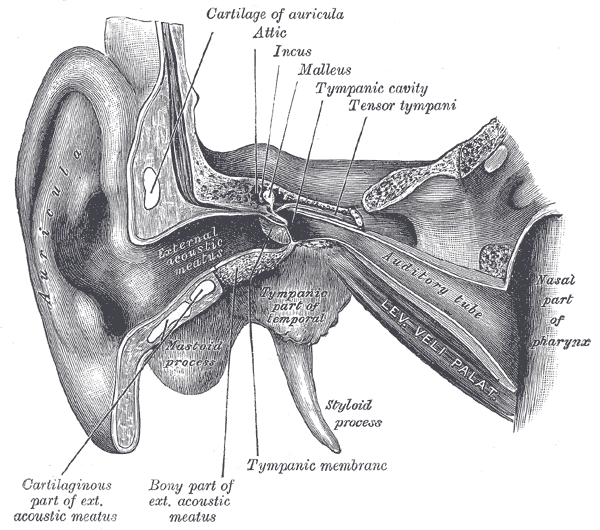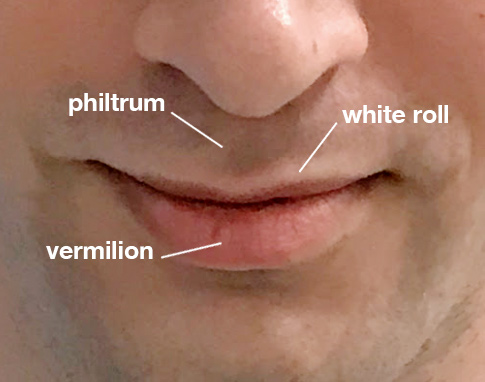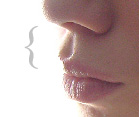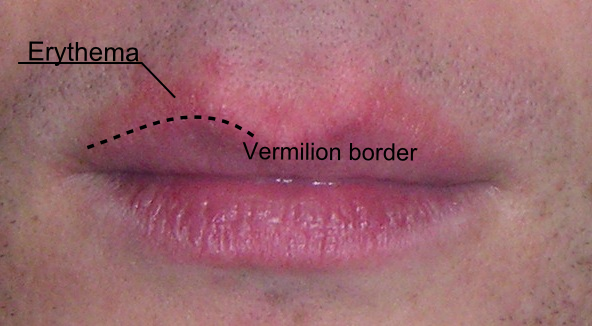We just learned about the part on the roof of the mouth called the
Palatine Raphe.
Another part of the mouth is the
Lips.
The big long names for the upper and lower lips are the Labium superius oris and "Labium inferius oris.
Labium means lip, superius and inferius are for upper and lower, and then oris is for the face, near the mouth.
The lips have no sweat glands, and can not grow hair.
Skin on the lips is softer than the face skin.
Most of the skin on the face has 16 layers, but the skin on the lips only has about 4 layers.
It also doesn't have the same coloring cells as the face does, so you can see right through the top skin and see the blood vessels underneath it.
That's why the lips are pink or red, because of the blood vessels underneath.
There are a whole bunch of muscles for the lips that we learned about a while ago:
Upper lip:
levator labii superioris and levator anguli oris
Lower lip:
depressor anguli oris, depressor labii inferioris, mentalis
Lips are used to open and close for food, to help make sounds when we talk, and also to kiss!
Because lips are on the human face, people try very hard to make their lips look nice, sometimes using makeup or lip gloss, and sometimes even having surgery to make their lips look bigger.
The lips are very important to keep healthy, which is why there are things like lip balm to protect them.
Healthy lips help protect the mouth from the outside, and keep a healthy mouth!
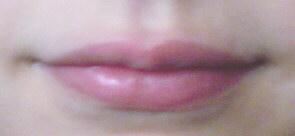
(from: wikipedia -
lip)
Kid Facts - Blast from the past: Central Incisors
